Global childhood vaccination rates have stabilized after declining during the COVID-19 pandemic, but more than 14 million infants remain unvaccinated, United Nations agencies warned on Tuesday, noting that disinformation and international aid cuts now pose new threats.
“Drastic aid cuts, combined with misinformation about vaccine safety, threaten to undo decades of progress,” said Dr. Tedros Adhanom Ghebreyesus, Director-General of the World Health Organization (WHO).
In 2024, 85% of children in the target age group received all three doses of the diphtheria, tetanus, and pertussis (DTP) vaccine (109 million children), according to data released by WHO and the United Nations Children’s Fund (UNICEF). The third dose is considered a key indicator of global immunization coverage.
That’s one percentage point higher than in 2023, representing an additional one million children. These are modest gains, the UN said, while many challenges remain.
Unequal Access to Vaccines Persists
In 2024, 14.3 million children globally were considered “zero-dose” children—those who had not received a single vaccine dose. While this is a slight improvement from 14.5 million two years ago, it remains higher than the 2019 figure (13.0 million), before the COVID-19 pandemic disrupted health services.
“The good news is that we have succeeded in vaccinating more children with life-saving vaccines,” said Catherine Russell, Executive Director of UNICEF, “but millions of children remain unprotected against preventable diseases.”
According to WHO, the world is “off track” to meet the goal of 90% coverage for key life-saving vaccines among children and adolescents by 2030.
In this regard, the report emphasizes that access to vaccines remains highly unequal.
Budget Cuts and Conflict
The UN notes that conflicts and humanitarian crises can quickly reverse progress in vaccination.
A quarter of the world’s infants live in just 26 countries affected by fragility, conflict, or humanitarian crises, and these children account for half of all unvaccinated children worldwide.
Alarmingly, in half of these countries, the number of unvaccinated children increased sharply, rising from 3.6 million in 2019 to 5.4 million in 2024—underscoring the urgent need to include vaccination in humanitarian interventions.
This situation could worsen further due to reductions in international aid, including from the United States.
“Our ability to respond to outbreaks in nearly 50 countries has been disrupted by budget cuts,” warned Ephrem Lemango, head of immunization at UNICEF, during a press conference.
The Role of Disinformation
While lack of access is the primary cause of low vaccine coverage, UN agencies also stress the danger of vaccine misinformation.
In 2024, 60 countries experienced “major or disruptive” measles outbreaks, nearly double the number in 2022 (33 countries), according to the report.
More than 30 million children remain under-vaccinated, and as a result, the number of countries facing significant outbreaks is on the rise.
A decline in confidence in “vaccine safety” contributes to gaps in herd immunity, which can be dangerous and lead to epidemic outbreaks, explained Kate O’Brien, Director of Immunization at WHO, during a briefing in Geneva.
According to UNICEF, urgent action is needed to overcome challenges such as shrinking health budgets, fragile health systems, disinformation, and conflict-related access issues.
“No child should die of a disease we know how to prevent,” emphasized Catherine Russell.
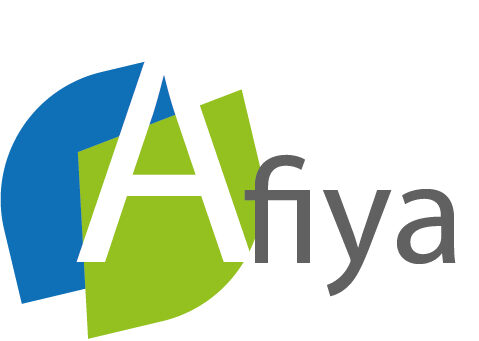

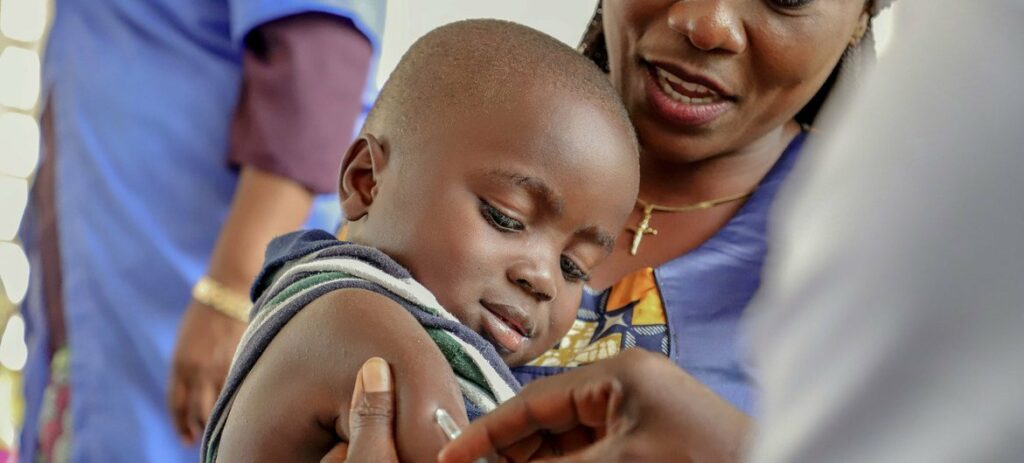
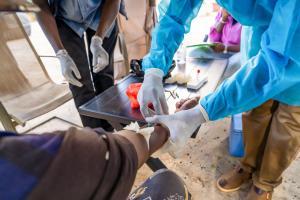
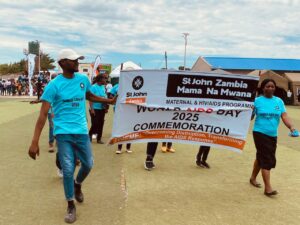
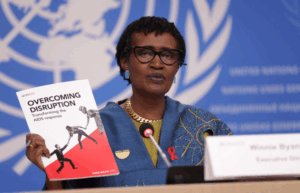

OTHER ARTICLES
Rift Valley Fever in Senegal: On the Frontline to Protect Communities
Zambia : commemorates world AIDS day
UNAIDS releases its 2025 World AIDS Day report: Overcoming disruption, transforming the AIDS response